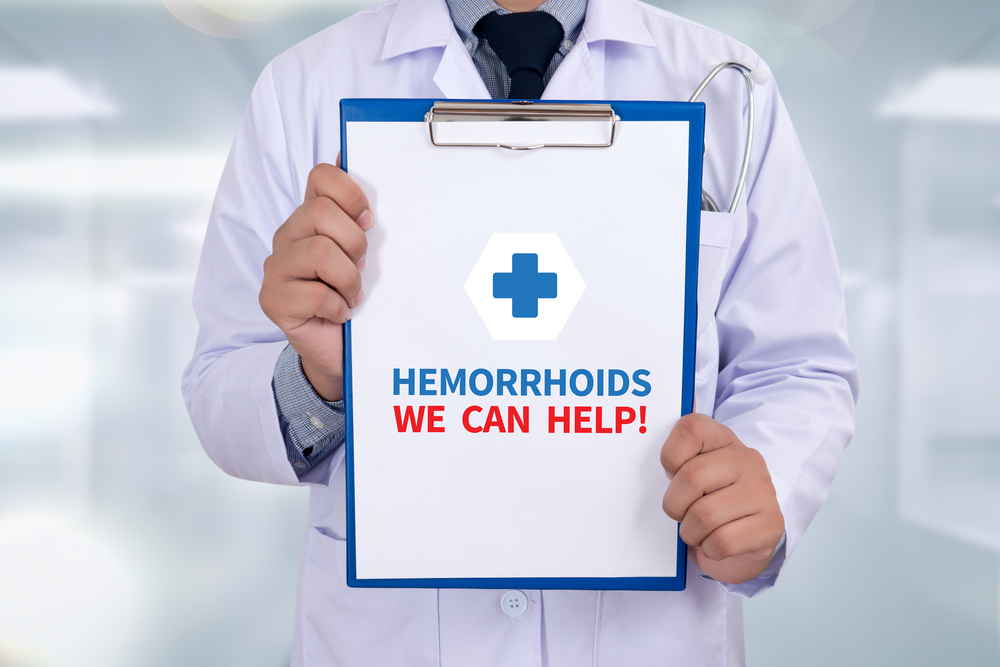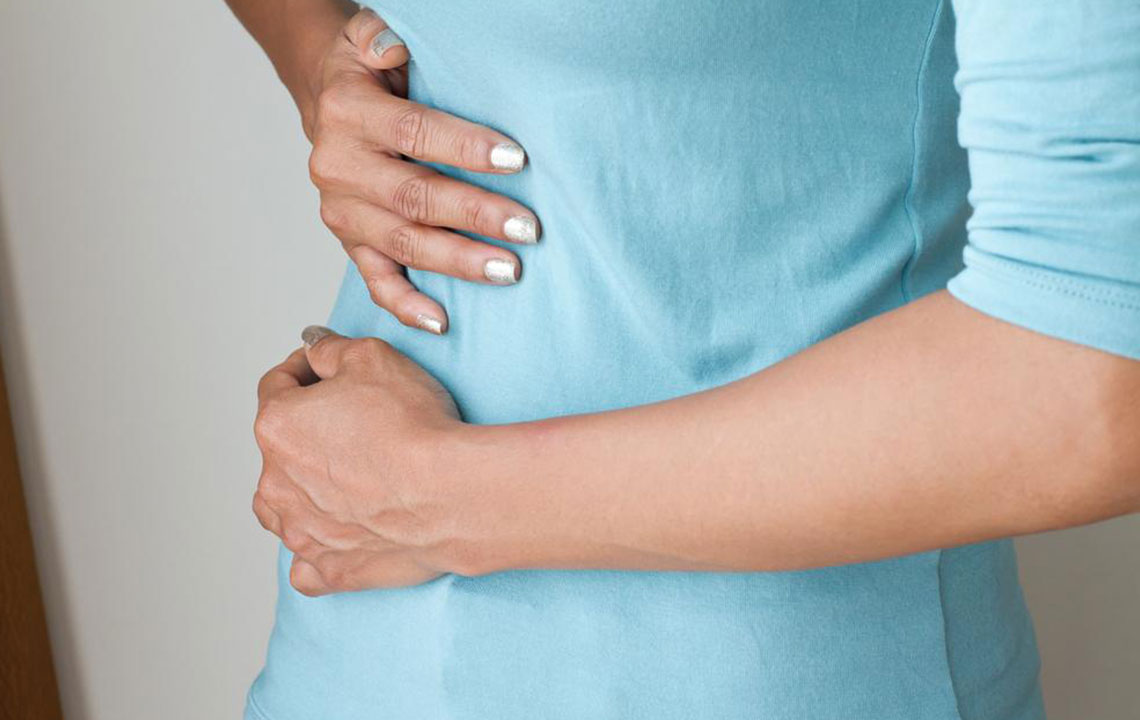Comprehensive Guide to Hemorrhoids: Causes, Types, and Symptoms
This comprehensive article explores hemorrhoids, highlighting their types, causes, symptoms, and prevention tips. Understanding these aspects helps in effective management and reduces the risk of complications. Emphasizing preventive measures like diet, hydration, and lifestyle changes, it offers practical advice for those affected or at risk. Consulting healthcare professionals ensures personalized treatment. Learn how to identify symptoms early and adopt habits to prevent hemorrhoids from developing or worsening.

Comprehensive Guide to Hemorrhoids: Causes, Types, and Symptoms
Hemorrhoids, commonly called piles, are swollen blood vessels in the anal and rectal regions. These veins tend to enlarge due to increased pressure, leading to discomfort and sometimes bleeding. Although they are often harmless and resolve naturally, understanding their varieties, underlying causes, and signs is crucial for effective care and prevention.
Types of Hemorrhoids
Their location determines their symptoms:
Internal hemorrhoids — Found inside the rectum, typically painless but may bleed during bowel movements. They can prolapse, causing discomfort.
External hemorrhoids — Situated around the anus under the skin, they can itch, swell, and bleed if irritated.
Thrombosed hemorrhoids — Occur when blood clots form in external hemorrhoids, creating painful, hard lumps near the anus.
What Leads to Hemorrhoids?
Any activity or condition that raises pressure in the rectal veins may cause hemorrhoids, such as:
Straining during bowel movements
Sitting for long periods on the toilet
Chronic constipation or diarrhea
Overweight or obesity
Pregnancy
Low-fiber diet
Anal sex
Age-related changes in tissue elasticity
Signs and Symptoms
Symptoms vary based on the hemorrhoid type and position but often include:
Painless rectal bleeding
Itching or irritation around the anal area
Pain or discomfort
Swelling or palpable lumps, which may be tender or painful
Preventive Measures
Prevention is better than cure. Useful strategies involve:
Eating high-fiber foods — Fruits, vegetables, and whole grains to promote soft stools and reduce straining.
Maintaining hydration — Drinking adequate water daily helps prevent constipation.
Engaging in regular exercise — Enhances circulation and supports a healthy weight, reducing pressure on veins. Avoid heavy lifting without precautions.
Using laxatives wisely — Osmotic laxatives aid bowel movements but should be used under medical guidance.
Avoiding straining during bowel movements — Normal breathing and not forcing can lower rectal vein pressure.
Note:
While treatments are available, preventive practices are most effective. Seek medical advice for tailored care and management options.


